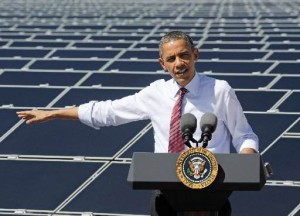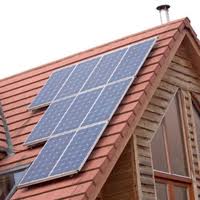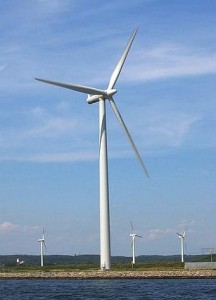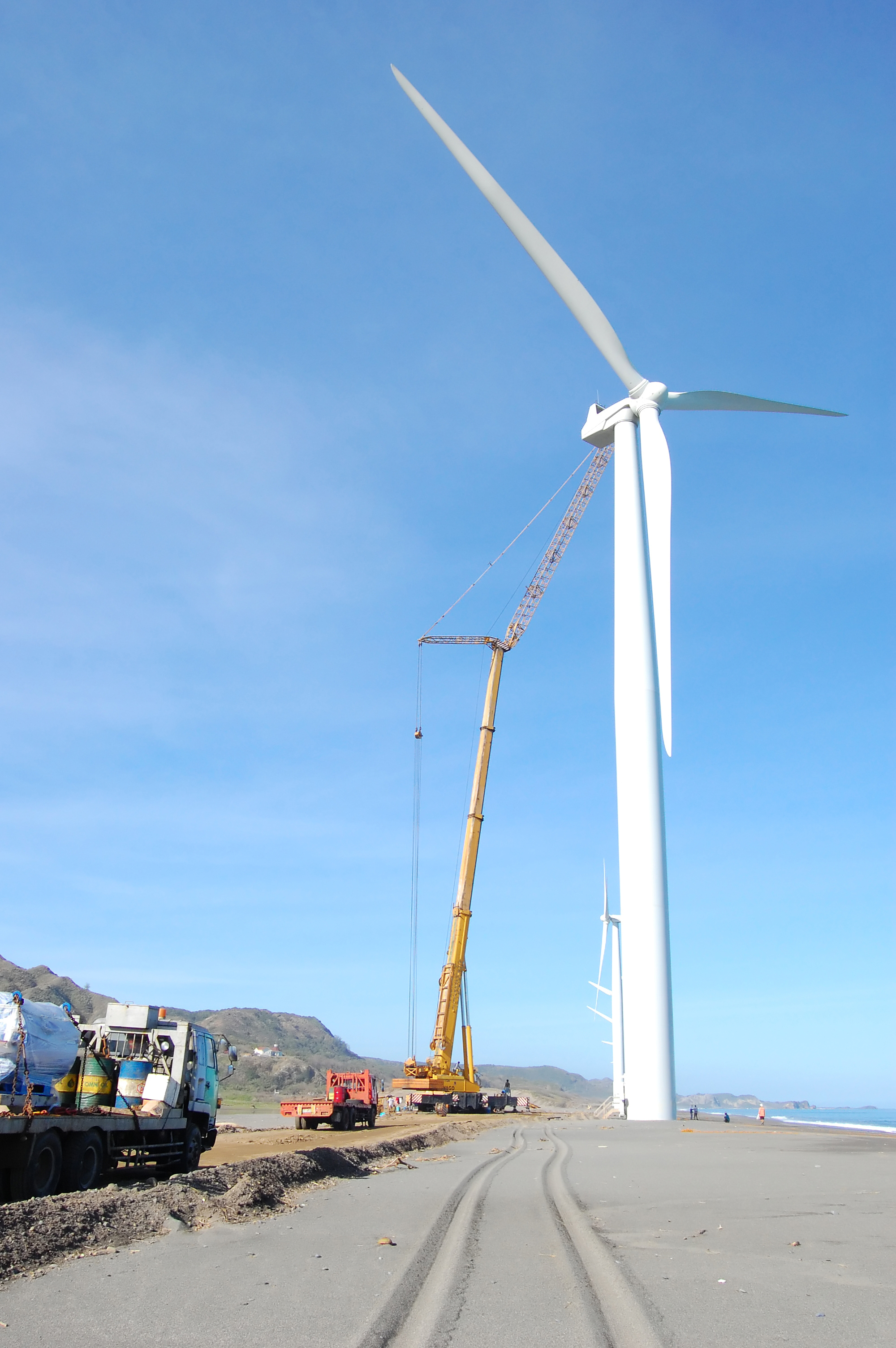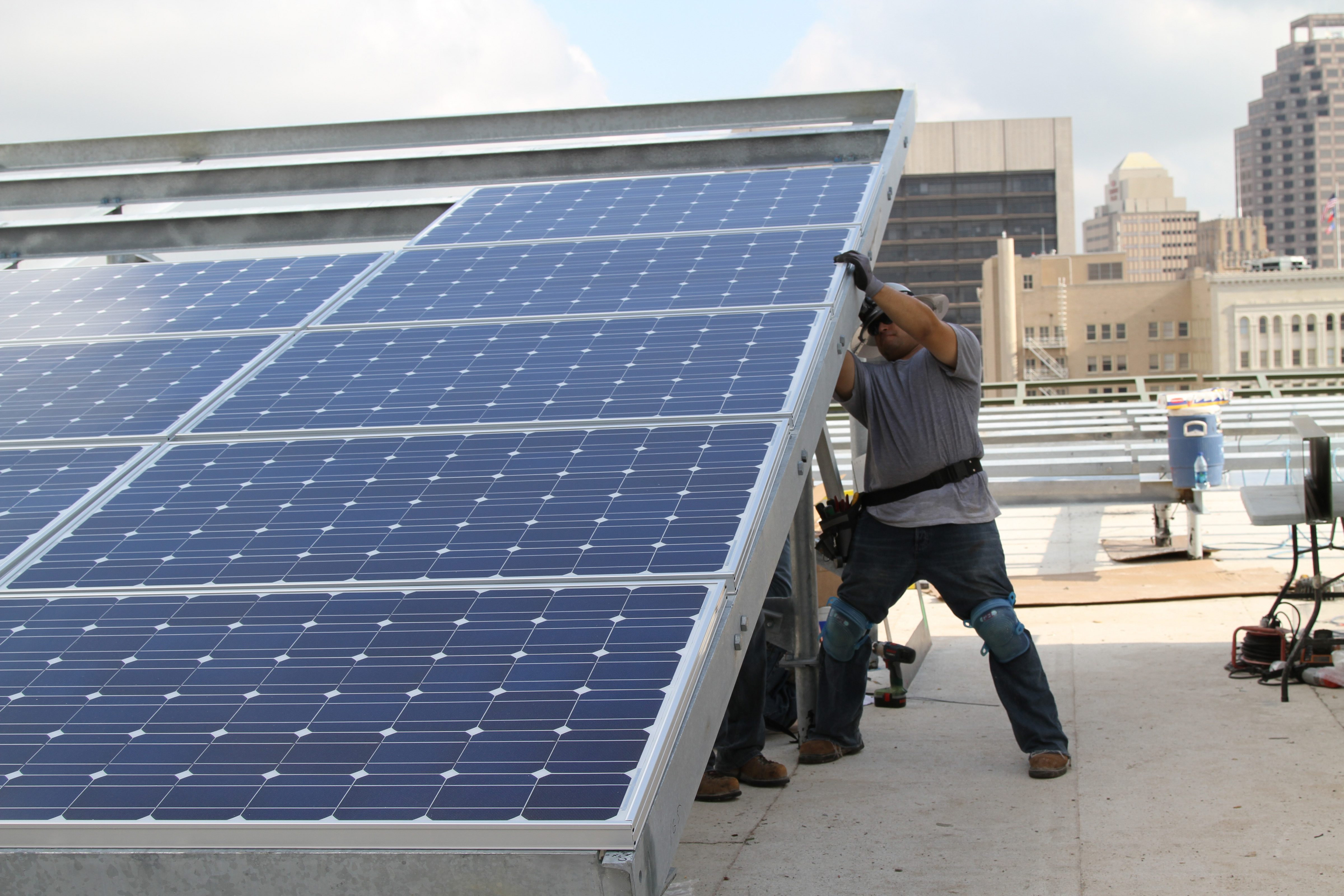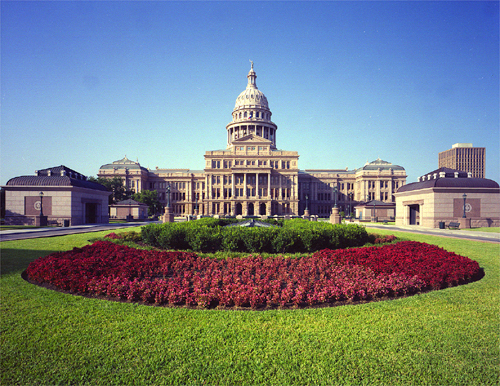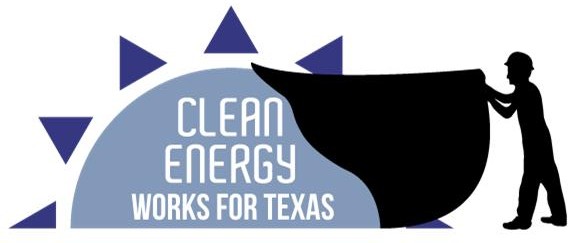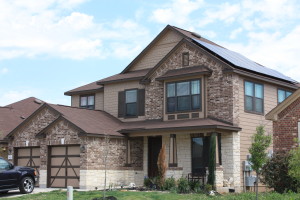 This weekend, Governor Abbott signed a bill into law that establishes solar rights for a group of people who have sometimes been banned from installing solar on their homes.
This weekend, Governor Abbott signed a bill into law that establishes solar rights for a group of people who have sometimes been banned from installing solar on their homes.
Right now, any developer can chose to ban or severely restrict the installation of solar panels in communities that are still in the development phase. In some cases, the development period stretches on for many years because the developments are large, and continually expanding. This practice traps homeowners under developer control, and in some cases leaves them unable to invest in affordable solar power for their homes.
Senate Bill 1626 by Senator Rodriquez, sponsored in the House by Representative Dukes, states that only smaller developments with 50 homes or fewer can ban or restrict solar.
We would have liked to establish solar rights for all homeowners, but this bill is a great step forward and we appreciate the work put into it by Representative Dukes, Senator Rodriguez, their staffs, the Texas Association of Builders, and the Texas Solar Power Association.
The Texas Association of Builders supported SB 1626 and its House companion HB 3539 because most developers already allow solar installations. As solar has become more mainstream, developers have realized that solar not only doesn’t hurt home sales – it can help actually them. That’s why some developers now offer solar as an option. It’s the outliers, who are unnecessarily restricting homeowners’ rights that this change in law will address.
There are people in Texas who purchased their homes over a decade ago and still haven’t been allowed to install solar systems because their developments are still being expanded. Solar panels are silent, non-polluting and no less attractive than many other features of a home or people’s cars parked in their driveways. Everyone should have the right to take advantage of the free fuel from the sun.
The new law will take effect on September 1, 2015.
